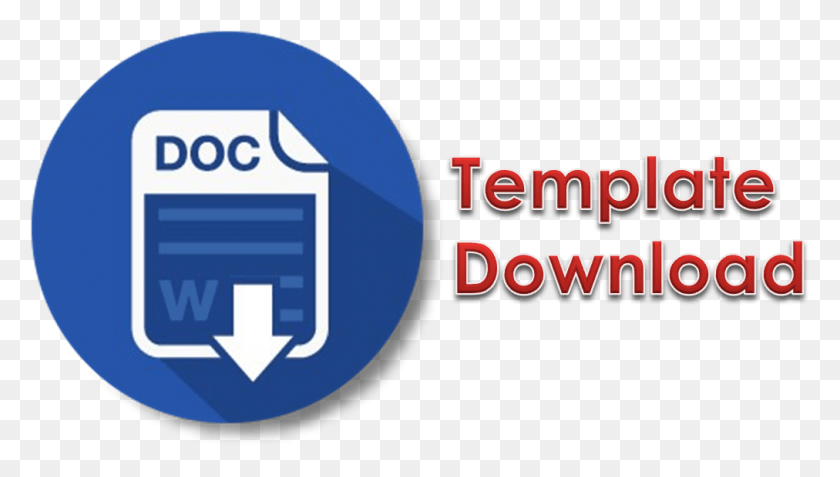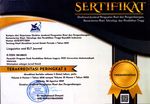Composing Digital Multimodal Notices Using the InShot Application as Learning Media
Abstract
Keywords
Full Text:
PDFReferences
Akrim, M. (2018). Media Learning in Digital Era. 231 (Amca), 458–460. https://doi.org/10.2991/amca-18.2018.127
Al Fajri, T. A. (2018). Pentingnya Penggunaan Pendekatan Multimodal Dalam Pembelajaran. WASKITA: Jurnal Pendidikan Nilai Dan Pembangunan Karakter, 2(1), 57–72. https://doi.org/10.21776/ub.waskita.2018.002.01.5.
Brown, H. D. (2007). Principles of Language Learning and Teaching (5th ed.). New York: Longman.
Cameron, S., & Myers, S. (2013). Comprehending functional text: instruction, practice, assessment. Greensboro: Mark Twain Media Inc Pub.
Cope, B., & Kalantzis, M. (2015) Interpreting Evidence-of-Learning:Educational research in the era of big data, Open Review of Educational Research, 2:1, 218-239,DOI: 10.1080/23265507.2015.1074870.
Creswell, J. W., & Creswell, J. D. (2018). Research Design: Qualitative, Quantitative, and Mixed Methods Approaches. In Angewandte Chemie International Edition, 6(11), 951–952. (Fifth). Thousand Oaks, California: SAGE Publication Inc.
Derewianka, B. (2003). Trends and Issues in Genre Based Approach. RELC Journal. Volume 34: 133. August 2003. http://rel.sagepub.com/content/34/2/133. www.sagepublications.com.
Emilia, E. (2011). Pendekatan Genre Based dalam Pengajaran Bahasa Inggris: Petunjuk Untuk Guru. Bandung: RIZQI Press.
Hyland, K. (2004). Genre and Second Language Writing. London: The University of Michigan Press.
Gibbons, P. (2002). Scaffolding Language and Scaffolding Learning: teaching second language learners in the mainstream classroom. Pourthsmouth, NH: Heineman.
Gie, Liang. 2002. Terampil Mengarang.Yogyakarta: Andi.
Gilakjani, A. P., Ismail, H. N., & Ahmadi, S. M. (2011). The effect of multimodal learning models on language teaching and learning. Theory and Practice in Language Studies, 1(10), 1321–1327. https://doi.org/10.4304/tpls.1.10.1321-1327.
Harmer, J. (2018). How to teach writing. Harlow: Longman.
Jewitt, C. (2005). Multimodality, “reading” and “writing” for the 21st century. Discourse, 26(3), 315–331. https://doi.org/10.1080/01596300500200011.
Johns, A. M. (2002). Genre in the Classroom. London: Lawrence Erlbaum Association.
Masruroh, B. (2021). Animation Video and Mind Mapping on the Students ’ Writing. Journal Compound, 9(2), 113–119. Retrieved from https://e-journal.upr.ac.id/index.php/JCP/article/view/4335/3257.
Miles, M. B., Huberman, A. M., & Saldana, J. (2014). Qualitative Data Analysis: A Methods Sources (Third). London, United Kingdom: SAGE Publication Inc.
Mundriyah, M., & Parmawati, A. (2016). Using Think-Pair-Share (TPS) To Improve Students’writing Creativity (A Classroom Action Research in the Second Semester Students of STKIP Siliwangi Bandung). P2M STKIP Siliwangi, 3(2), 84-91.
Nurviyani, V. (2013). The English teachers' understanding of genre-based approach. JOEPALLT: Journal of English Pedagogy, Linguistics, Literature, and Teaching, 1-13.
Nurviyani, V., Suherdi, D., & Lukmana, I. (2020). Developing students’ reading skill through making multimodal inferences. English Review: Journal of English Education, 8(2), 175-182. doi: 10.25134/erjee.v8i2.2998.
Puspitasari, D. (2019). The Use of Digital Storytelling (DST) to Help Students in Learning Multimodal Writing. Leksika, 12(2), 66. https://doi.org/10.30595/lks.v12i2.3803.
Sari, D. N., Susilo, S., & Limbong, E. (2021). Short-animation video in web meeting classes for secondary school learners’ EFL writing achievement. ELT Forum: Journal of English Language Teaching, 10 (1), 1–11. https://doi.org/10.15294/elt.v10i1.43823.
Siregar, M. H. (2021). the Utilization of Animation Video in Narrative Text Writing Class: an Exploration of Students’ Perceptions. Vision, 17(2), 76–88. https://doi.org/10.30829/vis.v17i2.1154.
Walsh, Maureen. (2006). ‘Reading visual and multimodal texts: how is ‘reading’ different?’ Australian Journal of Language and Literacy, Vol. 29, No 1, 24-37.
Rezi, M., & Mudinilllah, A. (2022). Utilization of the Inshot Application as a Learning Media. Al-Madrasah: Jurnal Pendidikan Madrasah Ibtidaiyah, 6(2), 278. https://doi.org/10.35931/am.v6i2.949.
DOI: https://doi.org/10.31764/leltj.v10i2.11974
Refbacks
- There are currently no refbacks.
Copyright (c) 2022 Linguistics and English Language Teaching Journal

This work is licensed under a Creative Commons Attribution-ShareAlike 4.0 International License.
_____________________________________________________
Linguistics and ELT Journal
p-ISSN 2339-2940 | e-ISSN 2614-8633

LELTJ is licensed under a Creative Commons Attribution-ShareAlike 4.0 International License.
_____________________________________________________
LELTJ is abstracting & indexing in the following databases:
_____________________________________________________
LELTJ Editorial Office:













